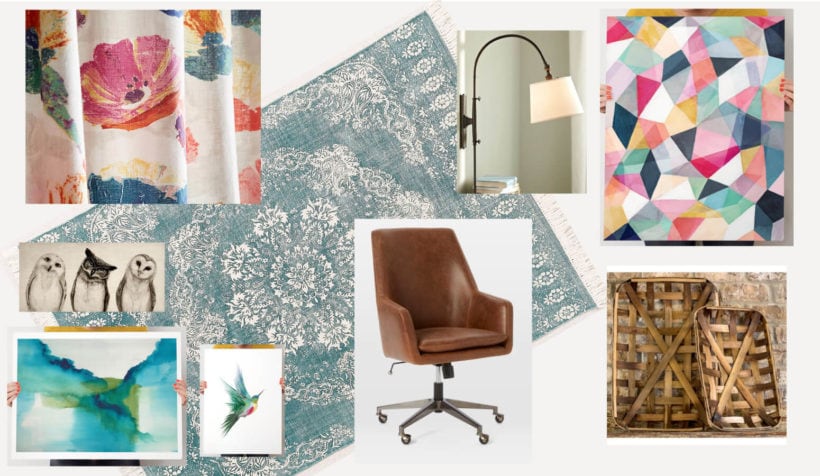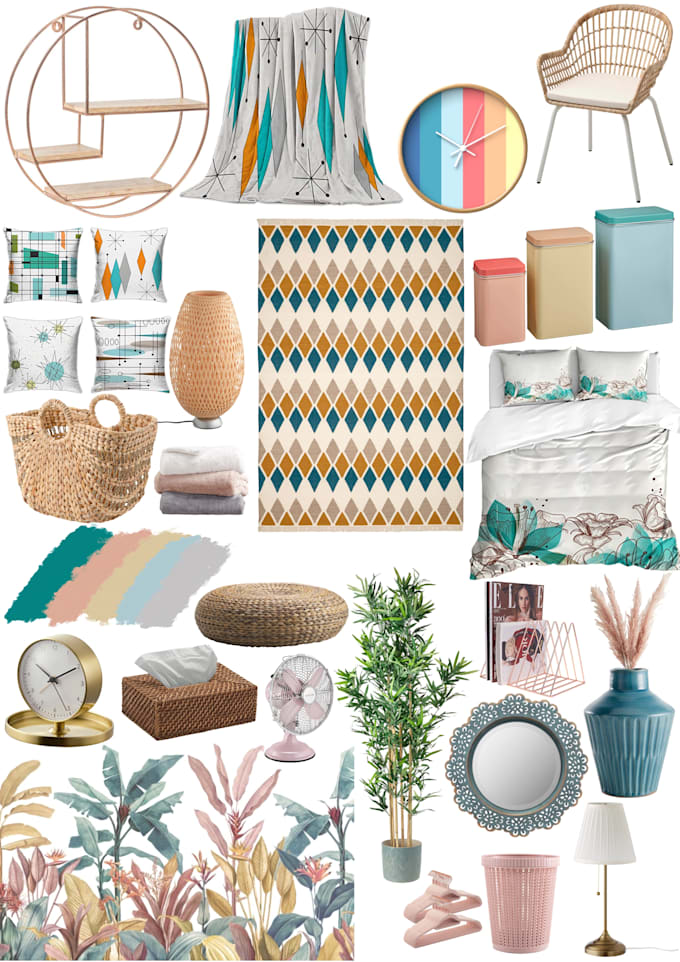

However, if a client is detail-oriented, they may not be excited with a free collage as an example of a future project. This type of mood board graphic design is the fastest and the easiest among the others. Also, collages can be filled with illustrations, fonts, and color examples. A free collage consisting of beautiful photos is an effective way to transfer a mood of the design concept. These collections may come in handy for the mood board creation. Let’s see what they are.ĭesigners often collect free high-resolution photos so that they could use the material in future projects or elsewhere. There are several common types of mood boards. UI/UX designers usually use the various samples so that they could characterize interface elements. Everyone decides for themselves what components to include in a mood board. Mood boards are a good way to experiment with a color palette, fonts, and style as well as plan the visual hierarchy of a project. Graphic design mood board compiled by Tubik designer Ernest Asanov

This way designers can effectively share their ideas with others because visual material always works better than fluent phrases. Boards can be easily created within a tight timeframe and turn an abstract idea into a real one. Mood boards are a useful tool helping designers effectively collaborate with clients and team members. They are meant to transfer the right mood and bring the emotions expected from a product. Unlike wireframes and prototypes, mood boards don’t show a detailed picture of a future project. Mood board in design is literally a board (digital or material) which people filled with different kinds of things from photos to various textures so that they could visualize ideas and concepts. The technique of moodboarding is popular not only in the design field but among many creative professionals. Let’s see what mood boards are and how they can help in the designer’s workflow. Today’s article is devoted to a technique called mood boarding. However, there are several methods helping to reduce risks of clients’ rejects as well as save designers’ time and nerves.
MOOD BOARD DESIGN HOW TO
Probably right now everyone expects some relevant advice on how to avoid this kind of situation but truly saying there is no perfect decision.

Sounds familiar, doesn’t it? Every designer at least once has been through such an unpleasant situation. Just imagine you worked hard, spent plenty of time creating a detailed prototype, and then a client rejected it saying that it isn’t even close to what he wanted.


 0 kommentar(er)
0 kommentar(er)
